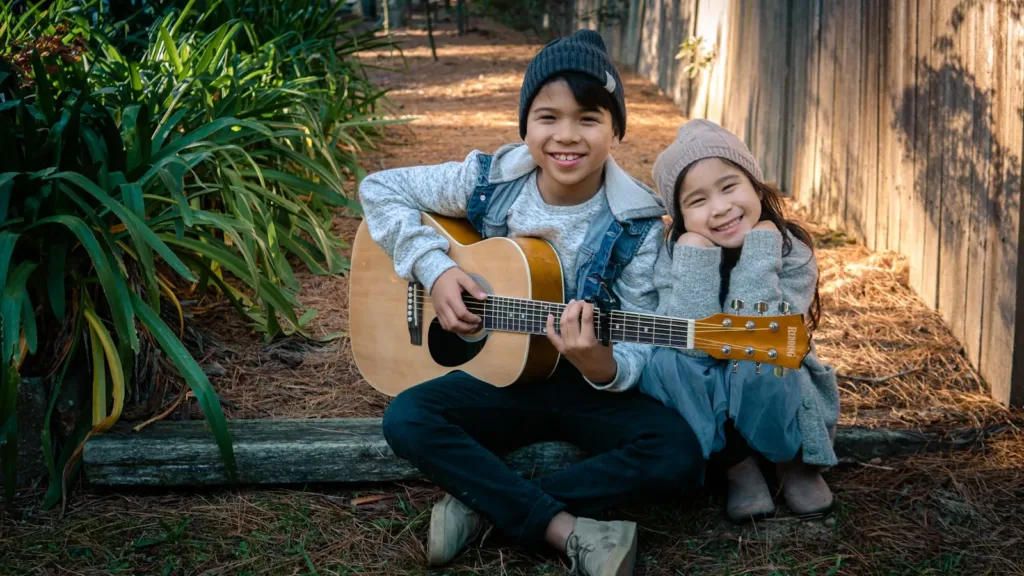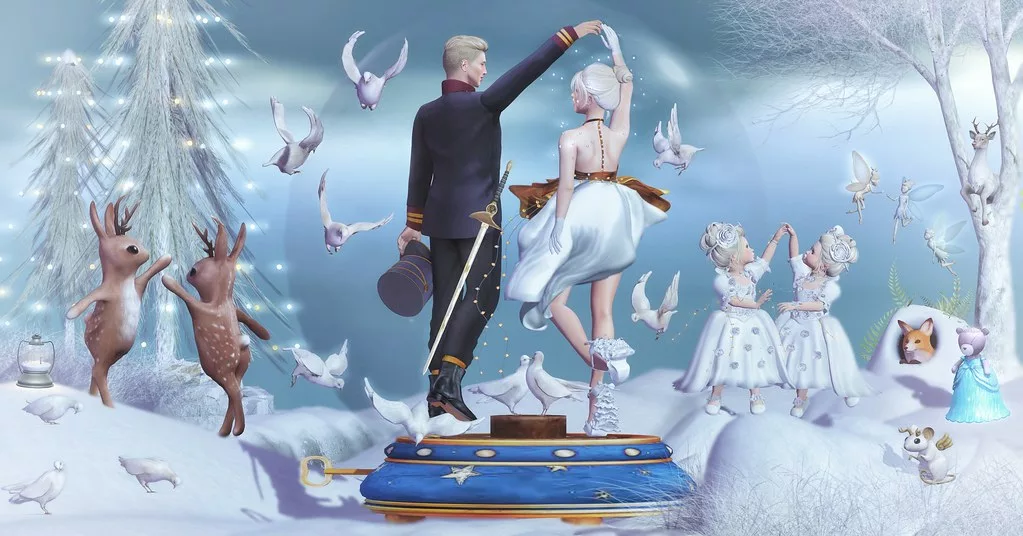In the elusive realm of music, where emotions intertwine with melodies, lies a hidden treasure that resonates deeply with the purity of children’s innocence. Welcome to a journey through enchanted realms, where the notes of Romantic-era composers dance harmoniously to create magical symphonies created especially for young hearts.
At a time when the air was filled with dreams and fantasy, these musical masters painted sound canvases that spoke directly to children’s souls, capturing their imaginations and weaving tales of wonder through each carefully orchestrated piece. As we delve into the weaving of enchanting melodies from the age of Romanticism, we discover a world in which composers sought to encapsulate the essence of childhood in musical form.
From playful sonatas echoing the laughter of youth to solemn ballads whispering stories of lost innocence, each composition holds the key to unlocking the mysteries of the human spirit. Join this fascinating exploration where the transcendent beauty of children’s music is revealed at a time when composers were also committed to reflecting the fragile but resilient nature of childhood.

The romantic era: a magical time for children’s music
During the Romantic era, music became a powerful medium for expressing emotions and capturing the essence of human experience. Composers of this period sought to create music that resonated deeply with listeners; children were no exception. Indeed, the Romantic era saw a surge in the creation of music specifically tailored to young audiences. These enchanting melodies entertained the children, fed their imaginations, and stimulated their creativity.
Children’s music during the Romantic era possessed several vital characteristics that distinguished it from other genres. A notable feature was the emphasis on simplicity and accessibility. Composers understood that children had different needs and musical preferences than adults, so they created melodies that were easy to understand but still catchy. These compositions often featured catchy melodies, repetitive motifs, and memorable lyrics, allowing children to interact with music more deeply.
The main features of music for the childhood of romantic age
The main characteristics of children’s music during the Romantic era were its simplicity, accessibility, and ability to captivate young audiences. Composers recognized that children had unique musical needs and preferences, leading them to create melodies that were easy to understand but simultaneously enchanting.
Another critical aspect of children’s music in this period was its educational value. Composers incorporated storytelling elements into their compositions, using music to teach moral lessons or introduce young listeners to different cultures and traditions. Combining entertainment and education, composers aimed to enrich children’s lives through their musical creations.
Composers who shaped children’s music during Romanticism
Several composers played a significant role in shaping children’s music during the Romantic era. One notable figure is Robert Schumann, whose “Album for the Young” remains a beloved collection of piano pieces for children. This compilation presents fascinating melodies accessible to young pianists, allowing them to explore the world of music while honing their skills.
Franz Schubert also contributed to children’s music with his collection of songs entitled “Die schöne Müllerin.” Although not specifically intended for children, these songs tell a story that resonates with young listeners and captures their imagination.
Carl Orff is another composer who left an indelible mark on music for the childhood of this period. His composition “Carmina Burana” may not be reserved exclusively for children, but its playful and energetic nature appeals to young audiences and has become a staple in many educational programs.
The influence of folklore and fairy tales on children’s music
Folklore and fairy tales played a significant role in shaping children’s music during the Romantic era. Composers have drawn inspiration from these timeless stories, infusing their compositions with elements of magic and wonder. By incorporating familiar characters and themes from folklore, composers created musical narratives that resonated deeply with young listeners.
An excellent example is Engelbert Humperdinck’s opera “Hansel and Gretel,” which brings the beloved fairy tale to life through enchanting melodies and captivating orchestrations. This work not only entertains but also introduces children to the world of classical music in an accessible and engaging way.
Techniques of instrumentation and orchestration in children’s music
The instrumentation and orchestration techniques used in children’s music during the Romantic era were carefully chosen to create a magical atmosphere that appealed to young listeners. Composers often used flutes, harps, and glockenspiels to evoke a sense of innocence and wonder.
In addition, composers experimented with orchestration techniques to create unique sounds and textures. They used plucked strings, delicate woodwind solos, and shimmering percussion to add depth and color to their compositions. These techniques not only improved the overall listening experience but also captured the imagination of young audiences.
Themes of innocence and wonder in romantic music for children
Themes of innocence and wonder permeated children’s music during the Romantic era. Composers sought to capture the essence of childhood through their compositions, creating melodies reflecting young listeners’ joy, curiosity, and boundless imagination.
An excellent example is Pyotr Ilyich Tchaikovsky‘s “The Nutcracker,” which tells the enchanting story of a young girl’s journey through a magical world. The music is full of whimsical melodies that transport listeners to a realm where dreams come true.
Evolution of music for childhood: from lullabies to symphonies
The evolution of children’s music during the Romantic era saw the transition from simple lullabies to more complex symphonic compositions. Composers recognized that children could appreciate and interact with sophisticated musical forms, leading them to create symphonies designed for young audiences.
A noteworthy example is Benjamin Britten‘s “The Young Person’s Guide to the Orchestra,” which introduces children to the orchestra’s different sections through an engaging musical journey. This composition educates and arouses a lifelong love of classical music in young listeners.

Reception and impact of romantic music for children on young audiences
The reception and impact of romantic music for childhood on young audiences has been profound. The enchanting melodies and imaginative storytelling captivated the children, stimulating their creativity and nurturing their love of music.
Composers’ efforts to create music specifically for children have helped cultivate a new generation of music lovers. By introducing young listeners to the world of classical music through accessible and engaging compositions, the composers ensured that the legacy of romantic music for children would endure for years to come.
Legacy of enchanted melodies: keeping children’s romantic music alive
The legacy of romantic children’s music continues to live on in the hearts and minds of young listeners worldwide. Today, educators and musicians continue to embrace these enchanting melodies, incorporating them into educational programs and performances that inspire and delight.
By keeping children’s romantic music alive, we ensure that future generations can experience the magic and wonder that these compositions evoke. Whether through live performances or recordings, these timeless tunes continue to captivate young audiences and ignite their passion for music.
Embracing the timeless magic of childhood music from the Romantic era.
In a world of screens and distractions, introducing children to the beauty and power of classical music is more important than ever. The timeless magic of Romantic-era children’s music opens the way to a realm where imagination knows no bounds.
By embracing this enchanting genre, we can foster a love of music in young hearts, cultivating their creativity and enabling them to explore emotions beyond words. Let us embark on this musical journey together as we discover the hidden treasures of children’s music of the Romantic era and pass on its legacy to future generations.
If you like this poem, you can always donate to support my activity! One coffee is enough!

